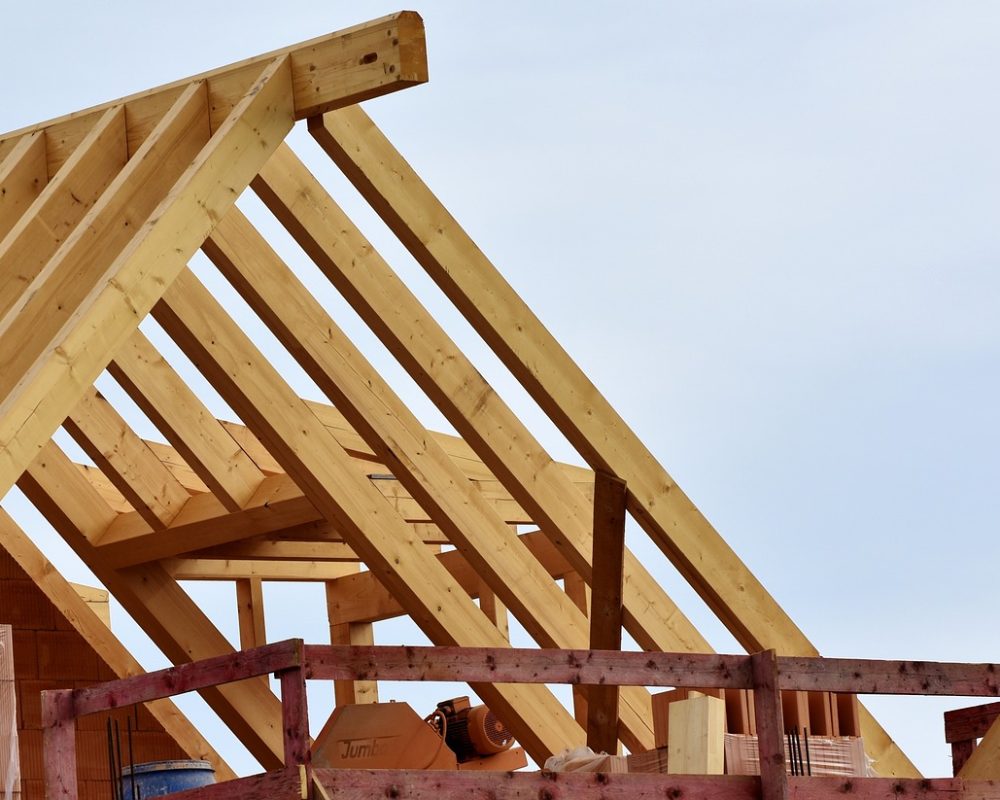Building a home is often one of the most significant projects in a person’s life, transforming dreams and ideas into a living space that reflects their needs and values.
The first step in any home construction project is meticulous planning. This stage involves defining the home’s purpose, style, size, and budget. Questions such as, “What design suits my lifestyle?”, “What’s my total budget?”, and “What features are must-haves?” are crucial. Learn more details about moderne hus.

The blueprint, or architectural design, is a critical piece of the puzzle. It’s the comprehensive plan that lays out the home’s dimensions, layout, and structural elements. It includes floor plans, elevations, sections, and details for every part of the house. For more information about tradisjonelle hus.
With the blueprint approved, obtaining permits is the next step. These vary by location and may include land use, building, electrical, and plumbing permits. Each permit ensures that your home construction project adheres to the required standards, ultimately contributing to the safety and durability of the final structure.

The foundation is the backbone of any home, providing a stable base and supporting the entire structure. This stage includes excavation, where the soil is dug out to make room for the foundation. There are several types of foundations, such as slab, crawl space, and basement foundations, each suited to different soil conditions, climates, and architectural designs.
With the frame in place, it’s time to “dry-in” the house, making it watertight by installing the roof, windows, and doors. Roofing materials vary and may include shingles, metal, or tiles, depending on your preference, budget, and local climate. Installing windows and doors helps protect the interior from weather, allowing other trades to work indoors without interference from the elements.
Next, the major systems are installed: plumbing, electrical, and HVAC (heating, ventilation, and air conditioning). This step requires specialized tradespeople to install pipes, wiring, and ductwork within the walls, floors, and ceilings.
Once the rough installations are complete and the systems are inspected, insulation is added to regulate the home’s temperature and energy efficiency. Insulation materials may include fiberglass, foam, or even eco-friendly options like cellulose. Proper insulation in walls, attics, and floors reduces energy consumption, enhances comfort, and prevents heat loss in colder months.
The journey from blueprint to reality is rewarding yet challenging, filled with multiple steps, decisions, and moving parts. With a clear roadmap, professional support, and regular inspections, the process becomes manageable.
